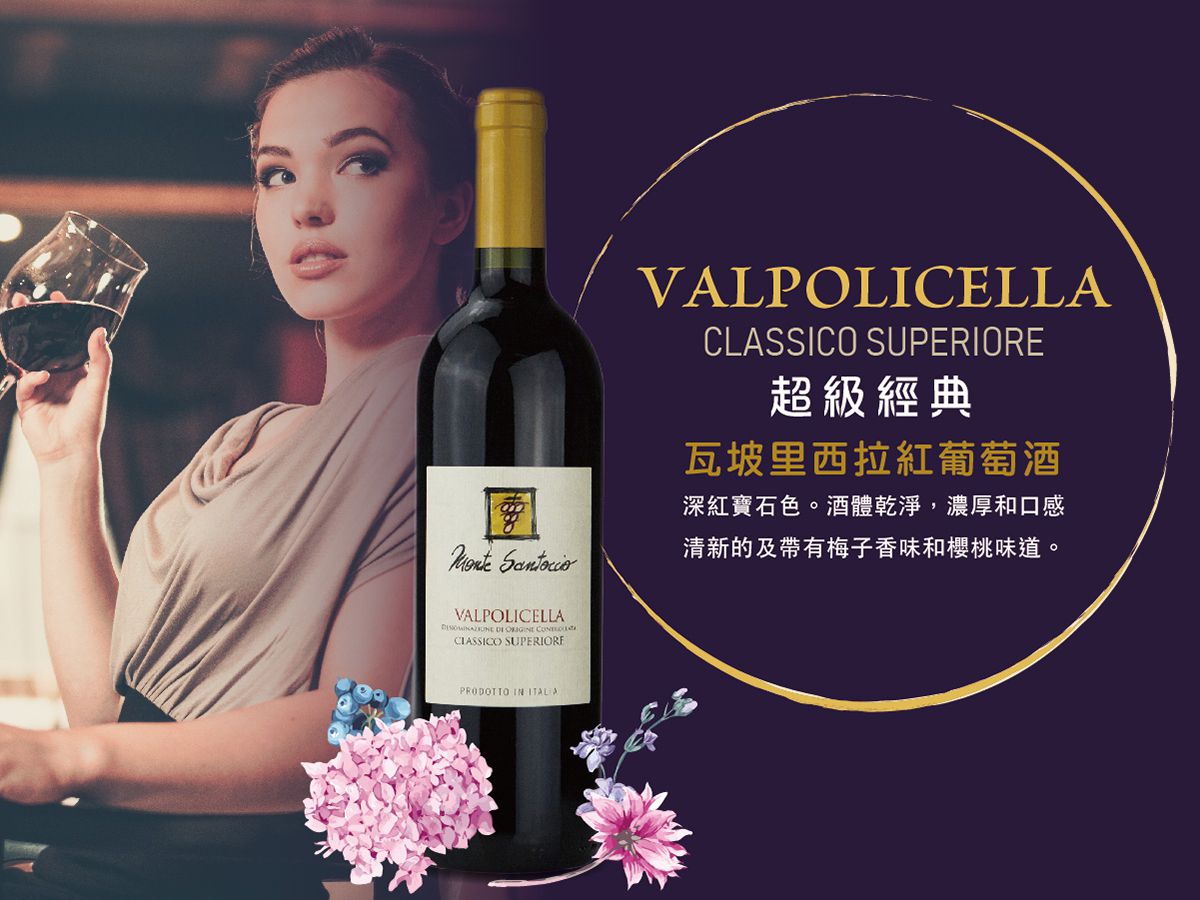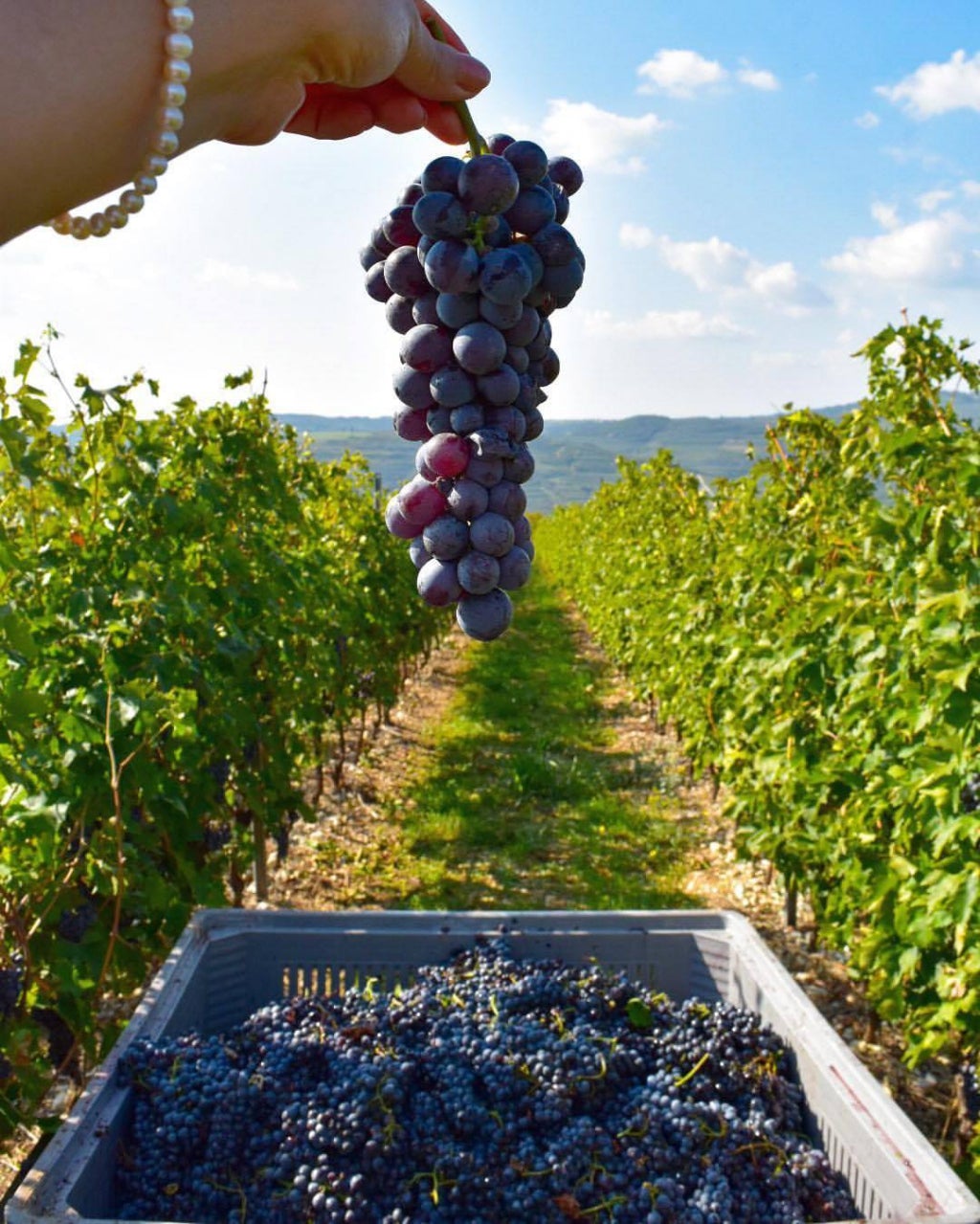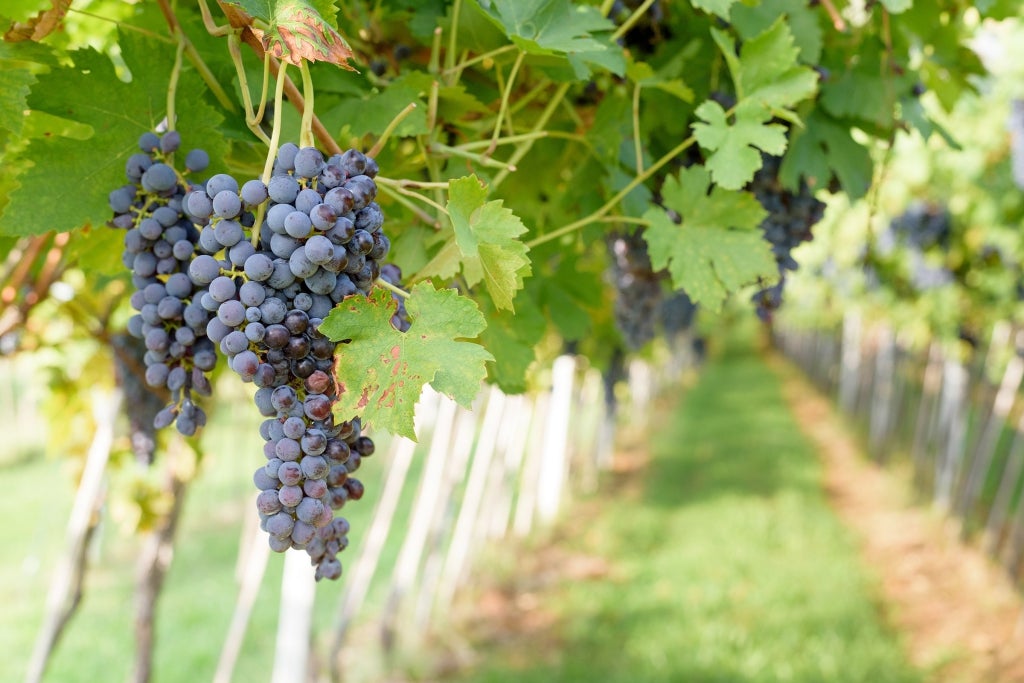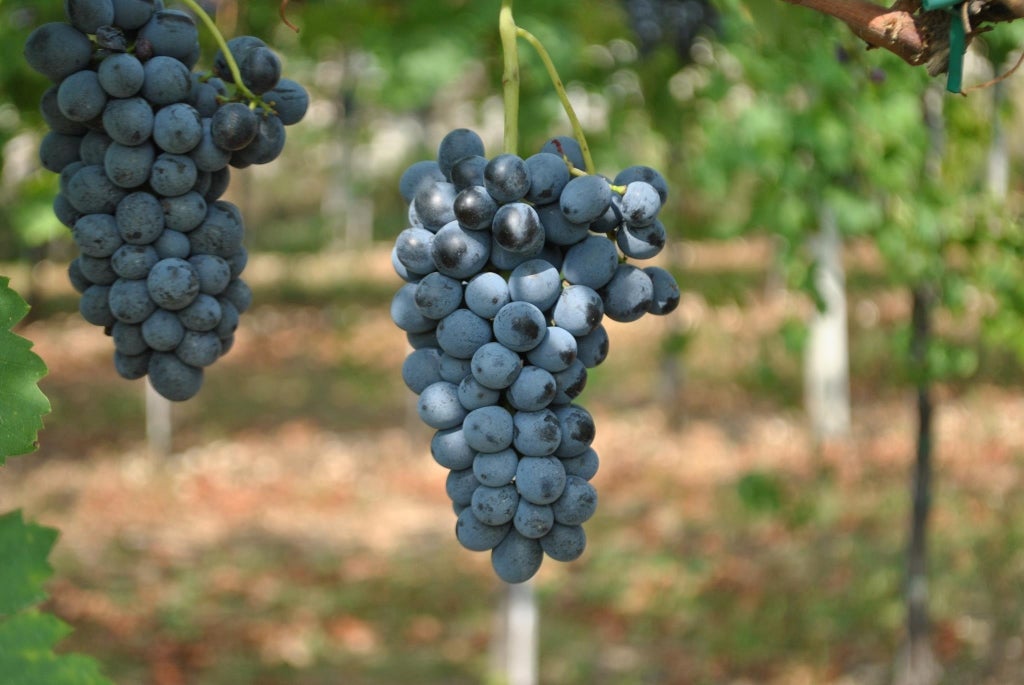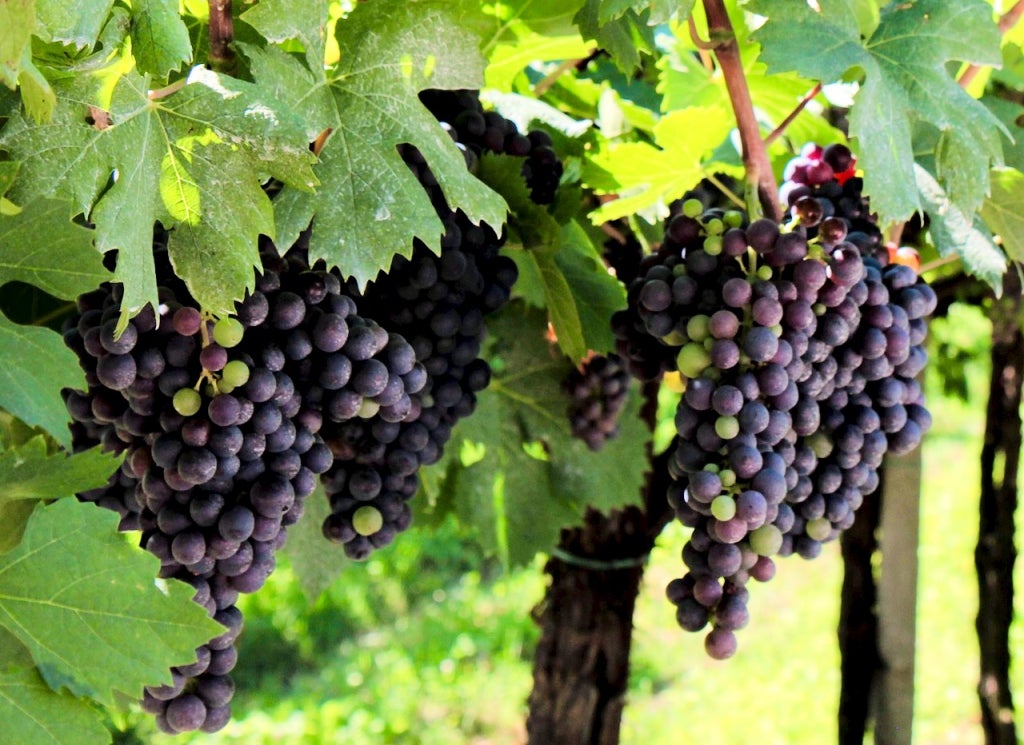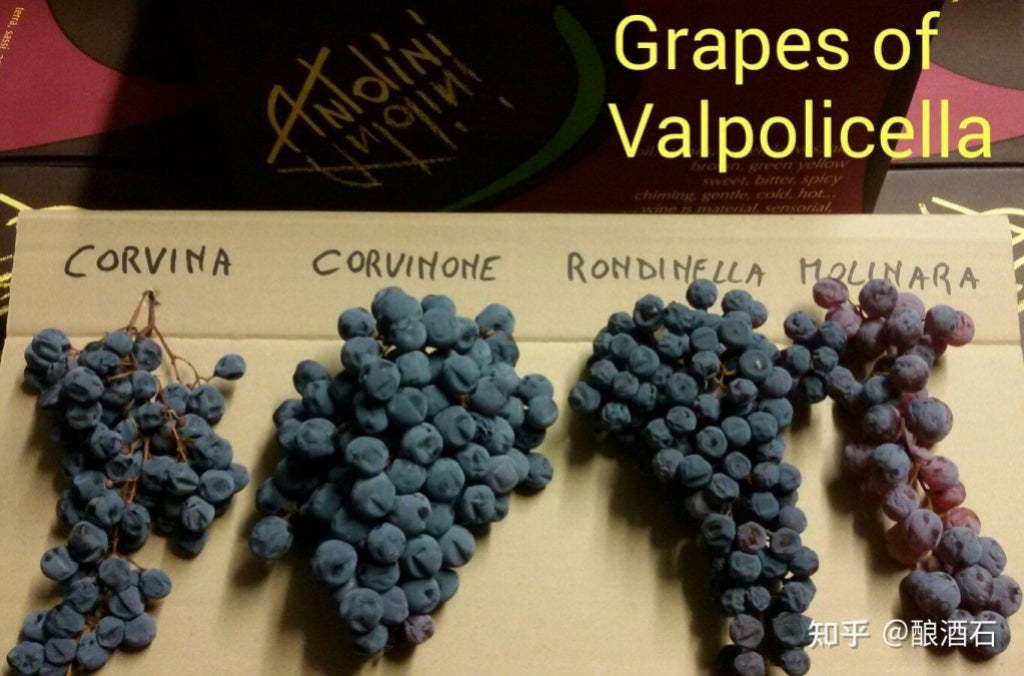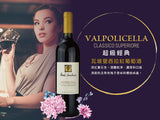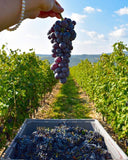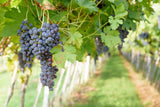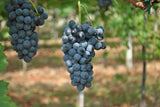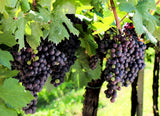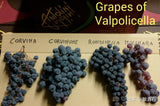Monte Santoccio Valpolicella︱Valpolicella Classico Superiore 2011
| Regions: Italy - Veneto | Ratings: DOC |
| ABV: 14% | Decanting Time: 30-45minutes |
| Winery: Monte Santoccio | Grapes: Corvina/ Rondinella/ Molinara/ Corvinone |
| Food Pairing: Pair Western dishes such as risotto, spaghetti, beef, horsemeat, and cheese. | |


Monte Santoccio
Monte Santoccio is located in the town of Fumane in Veneto, Italy. It is a family-run winery, so they can effectively control the grape growing process. Owner Nicola Ferrari started working at Valpolicella's renowned MW Giuseppe Quintarelli when he was 26. Monte Santoccio attaches great importance to the quality of the wine, thus establishing its vineyards and planting grapes, monitoring the entire brewing process to ensure the production of high-quality wines. Monte Santoccio has more than 3 hectares of vineyards in the heart of the Valpolicella Classico. Monte Santoccio understands that to control the winemaking, that is, to have his winery, to maintain the winemaking by himself, to make good wine. It still holds an annual output of no more than 30,000, and its wine is highly precious in Asia.

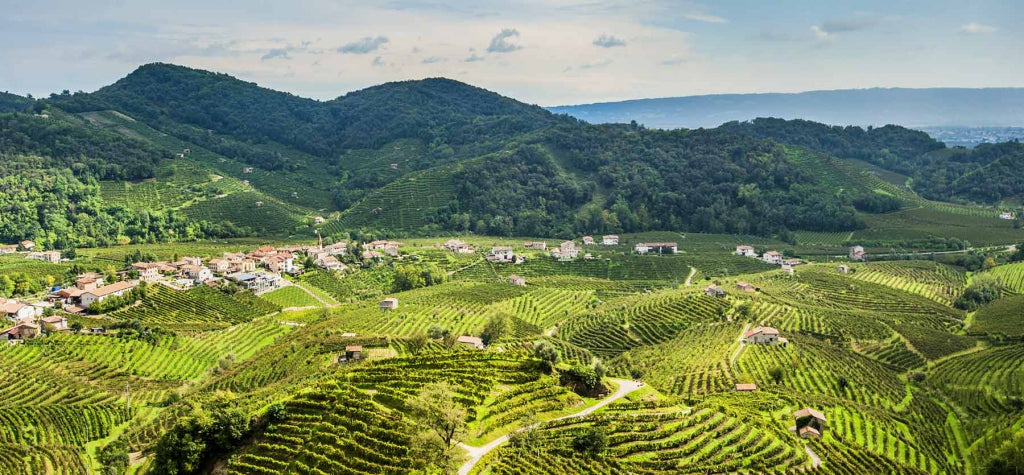
Corvina
Corvina is a type of Italian wine grape that is also known as Corvina Veronese or Cruina. In 2010, the total global wine-growing area was 7,495 hectares (18,520 acres), with the exception of 19 hectares (47 acres) planted in Argentina in the Veneto region of northeast Italy. Corvina is blended with other grapes to make the light red regional wines Bardolino and Valpolicella, which have a mild fruity flavor and hints of almond. Corvinone, Rondinella, and Molinara are among the blends, as is Rossignola for the latter wine. It is also used in the manufacture of Amarone and Recioto.
Rondinella
Rondinella is a wine grape variety from Italy. The Veneto region of northern Italy accounts for nearly all of the total global growing area of 2,481 hectares (6,130 acres), and the grapes are used in wines from the Valpolicella and Bardolino wine regions. Rondinella is always present as a secondary constituent in these wines blended with Corvina (which DNA evidence has shown to be a parent variety), along with Corvinone and Molinara.
Molinara
Molinara is a red Italian wine grape that, as of 2010, accounted for 595 hectares (1,470 acres) of planting land in Italy, almost entirely in the Veneto region. It adds acidity to the wines of Valpolicella and Bardolino, which are made from Corvina, Corvinone, Molinara, and Rondinella blends.
Corvinone
Corvinone is a red Italian wine grape variety native to northern Italy's Veneto region. In 2010, a total of 930 hectares (2,300 acres) of the grape growing area was planted worldwide, with 930 hectares (2,300 acres) planted in Italy and 1 hectare (2.5 acres) planted in Argentina. Corvinone is rarely found in wine alone, but it is blended with Rondinella, Molinara, and other autochthonous varieties in Corvina-dominant red wines from Veneto's Valpolicella and Bardolino regions. Corvinone is so similar to the more common Corvina variety that it has historically been mistaken for a clone; indeed, its name in Italian suggests the meaning "large Corvina." However, more recent ampelographic research and DNA profiling have revealed that it is a distinct variety.




Veneto - the most famous of the 3 major producing regions in northeastern Italy
Veneto is a substantial and increasingly important wine region in the northeastern corner of Italy. Administratively it forms part of the Triveneto zone, along with its smaller neighbors Trentino-Alto Adige and Friuli-Venezia Giulia. In terms of geography, culture, and wine styles, it represents a transition between the alpine, Germano-Slavic end of Italy and the warmer, drier, more Roman lands to the south.
Veneto is slightly smaller than Italy's other main wine-producing regions – Piedmont, Tuscany, Lombardy, Puglia, and Sicily – yet it generates more wine than any of them. Although the southern regions Sicily and Puglia were for a long time Italy's main wine producers, this balance began to shift north towards Veneto in the latter half of the 20th Century. In the 1990s, southern Italian wine languished in an increasingly competitive and demanding world, while Veneto upped its game, gaining recognition with such wines as Valpolicella, Amarone, Soave, and Prosecco.
With fruity red Valpolicella complementing its intense Amarone and sweet Recioto counterparts, Veneto is armed with a formidable portfolio of red wines to go with its refreshing whites, such as Soave and sparkling Prosecco. Although much of the new vineyard area that supported Veneto's increased wine output was of questionable viticultural quality, today more than 25 percent of the region's wine is made and sold under DOC/DOCG titles.


Payme, FPS, Alipay, and WeChat Pay are also available.
(including Hong Kong, Kowloon, New Territories urban areas, and Discovery Bay are free, other remote areas are negotiable)
9am - 1pm
1pm - 6pm
6pm - 10pm
For mainland orders, please place an order first, then we will arrange another quotation for the goods and transportation.





